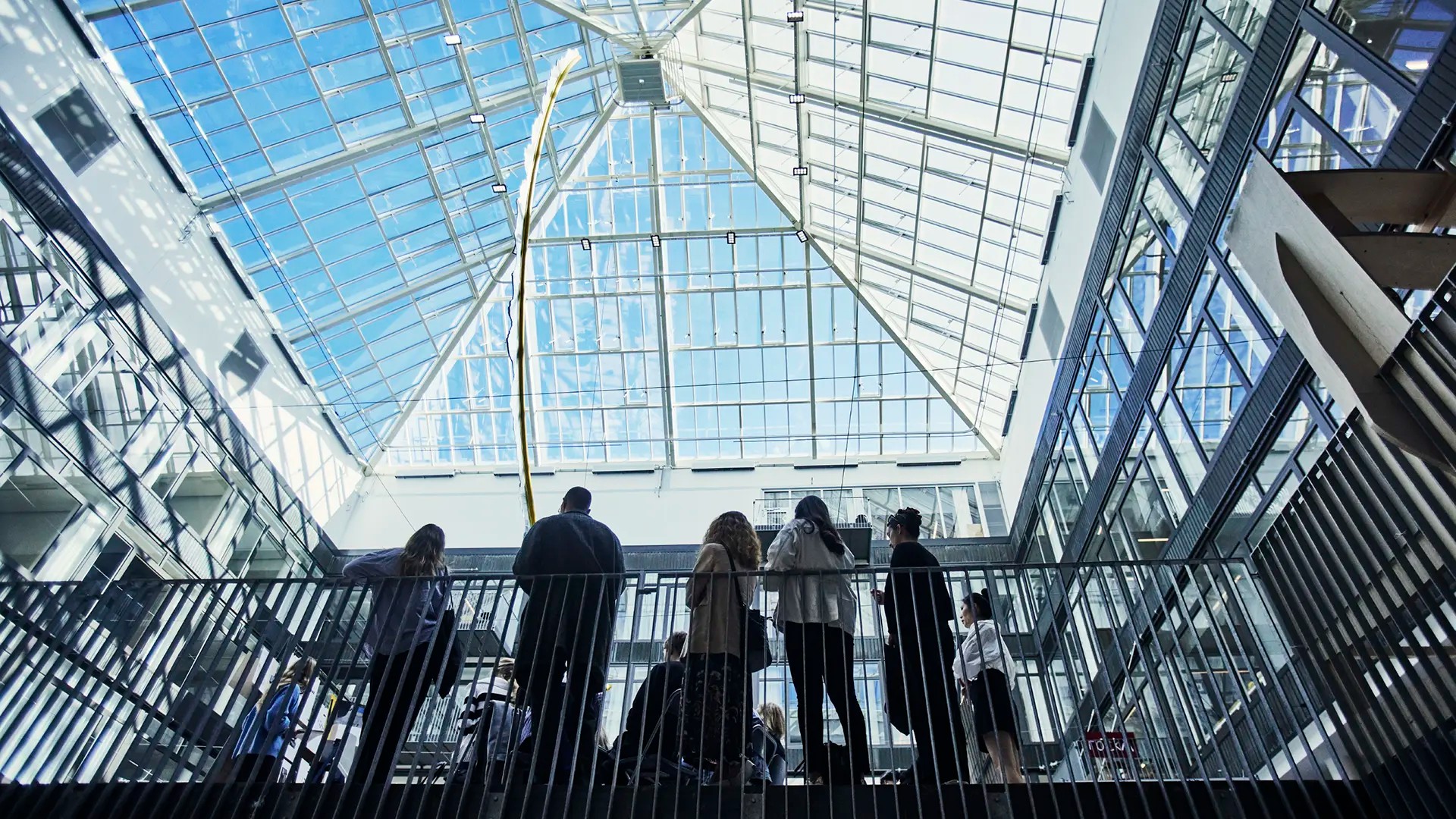
The basis for Chalmers’ systematic work environment management is the work environment policy that the university’s President has decided on. It is in place because Chalmers wants you to feel good about your studies, feel safe and not be exposed to risks. The work environment is about physical, organisational and social (psychosocial) aspects that you are exposed to in your studies. As an employer and higher education provider, Chalmers is obliged to comply with legislation and regulations relating to the work environment for both students and employees.
Systematic work environment management and Physical work environment
In work environment management, each programme is an area of safety. The responsibility for the physical work environment lies with the relevant dean of education. They have a written delegation (allocation of tasks) given to them by the vice president of undergraduate education. The dean of education has in turn delegated the task of working with the students’ organisational and social work environment to the heads of programmes.
In order to prevent ill health and accidents, Chalmers is required by law to work systematically on the work environment. Systematic work environment management can be described by the following elements:
- investigating the work environment
- conducting a work environment risk assessment
- implementing measures
- monitoring/verifying measures taken
At Chalmers, the students’ work environment is mainly investigated through the following activities:
- physical work environment inspections
- organisational and social work environment inspections
- Studentbarometern (The Student Barometer)
- accidents, near-accidents and harassment
If risks are identified, work must begin on addressing them. Usually this involves first assessing the risks and then introducing appropriate measures. All elements of your studies that involve risks must (by law) be assessed for risk before they can be pursued. This includes both the tutored elements and the work you do yourself. Once measures have been put in place, their effectiveness needs to be verified later. If this is not the case, new measures need to be introduced. All these steps then need to be repeated.
Your physical work environment relates mainly to the premises you are in and the equipment that needs to be used in those premises.
Organisational and social work environment
The organisational and social (psychosocial) work environment is about the stress of studying and the mental state it entails – whether there is harassment or discrimination, how students are treated by lecturers and vice versa, how collaboration and the organisation of work function, how the academic year is planned and whether the amount of work is reasonable.
Student safety representative (Samo) captures the opinions of students
Each section has a student safety representative (Studerandemiljöombud, Samo). They have a statutory right to represent students in work environment issues that affect them. For example, they may represent the section’s students at physical work environment meetings (undergraduate and departmental) and organisational and social work environment inspections. Collaboration with students in work environment management is done on the basis of a joint decision.
In order for Samo to represent you, it is important that you make your views known to your representative. They can also give you guidance and support when you experience problems in your work environment such as stress, harassment or that the physical work environment creates obstacles to your studies.